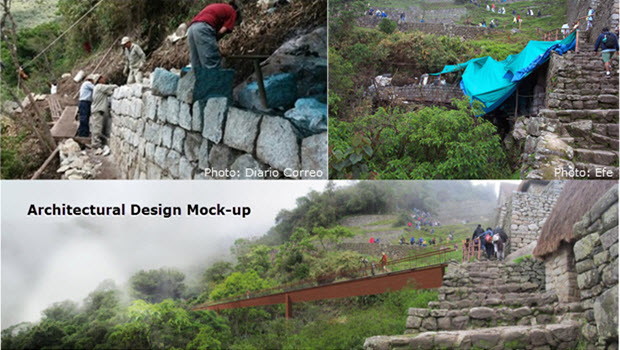
Reconstruction at Machu Picchu begins, starting with exit ramp
Authorities at Machu Picchu have started construction of an exit ramp from the Inca citadel to help regulate the increasing flow of visitors.
Masons are now laying an extra base of hewed granite stones to support what will be an 85-foot-long bridge out of the iconic ruins.
“Taking advantage of the walls, an exit route is being opened for tourists that will be 26 meters long,” Machu Picchu Park Director Fernando Astete said in a written statement. “The work is being done utilizing contemporary materials, in accordance with the approved architectural project.”
Astete added that the exit ramp is designed to blend in as much as possible with the topography and design of the ancient Inca citadel. It will be adorned with vegetation and have a hard clay walking surface, he said.
“This project will be presented to the technical mission from UNESCO, which will arrive next January,” he said, “and when it is put into service, it will alleviate crowding at the control point and entrance into Machu Picchu since all tourists will exit from this new route to the omnibuses.”
For years, UNESCO has urged Peru to build the exit ramp to ease congestion within the World Heritage site, along with a bevy of other recommendations that have been included in a 2015-2019 Master Plan.
A government-commissioned study in August reportedly showed that Machu Picchu can handle up to 5,940 visitors per day as long as Peru implements infrastructure improvements and spreads out the flow of tourists as prescribed in the Master Plan.
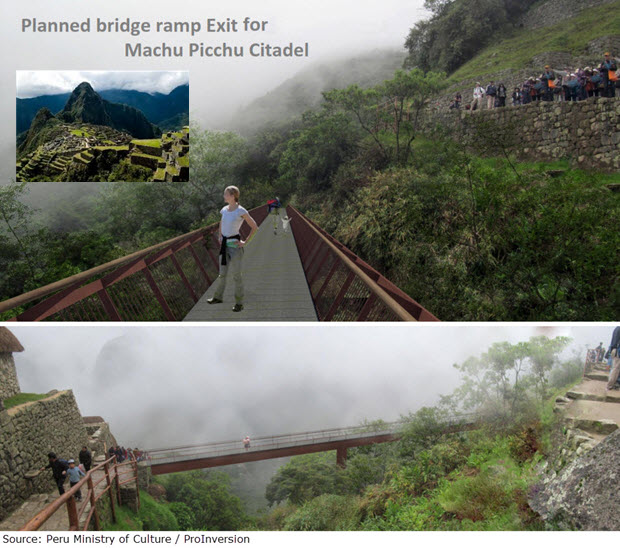
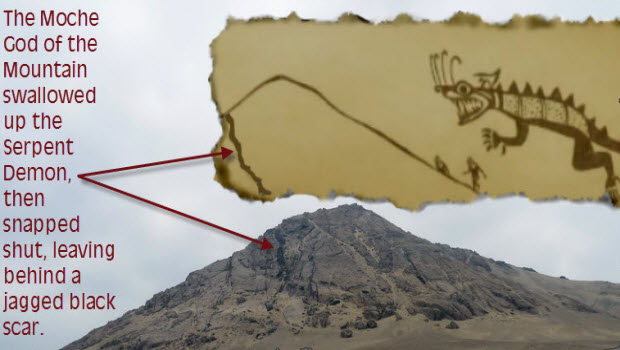 The creation legend of the Moche Temple of the Moon
The creation legend of the Moche Temple of the Moon 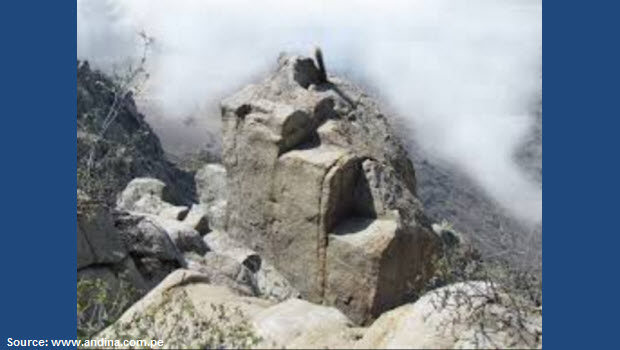 Ancient Moche sacrificial altar discovered atop mountain peak
Ancient Moche sacrificial altar discovered atop mountain peak 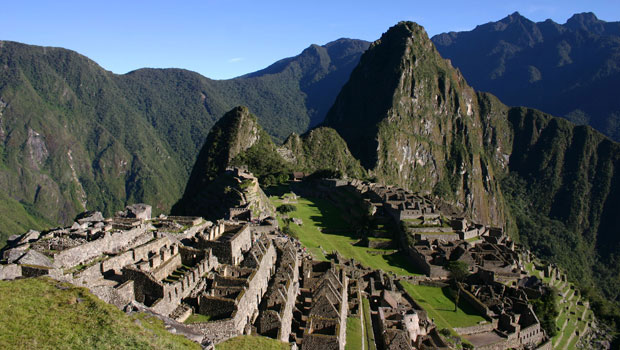 The Inca Sacred Center of Machu Picchu – a Love Letter
The Inca Sacred Center of Machu Picchu – a Love Letter 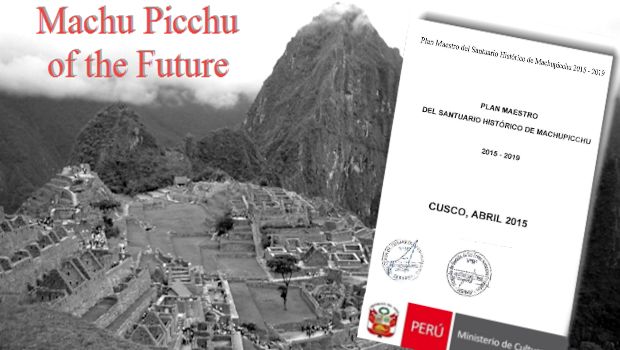 The Machu Picchu Master Plan 2015-2019
The Machu Picchu Master Plan 2015-2019 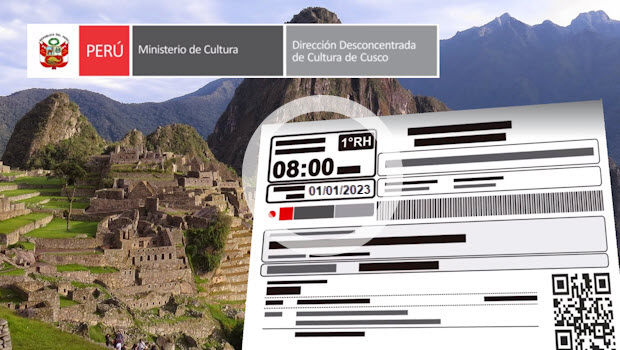 Machu Picchu New Rules in 2024
Machu Picchu New Rules in 2024 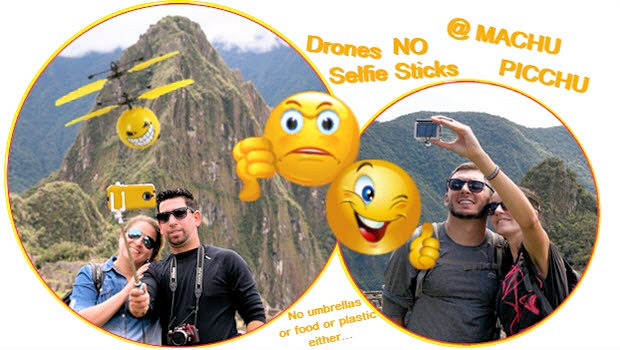 No selfie sticks or drones at Machu Picchu, seriously
No selfie sticks or drones at Machu Picchu, seriously 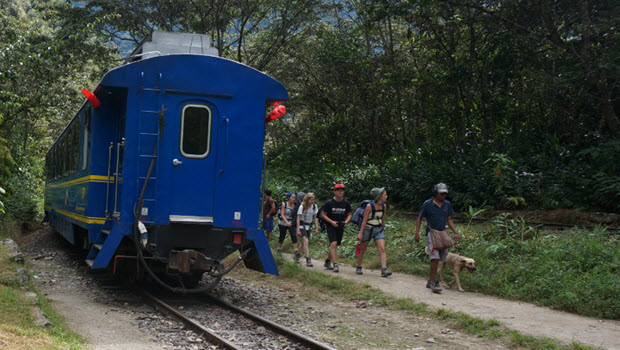 Regulating the back door entrance to Machu Picchu
Regulating the back door entrance to Machu Picchu  Pressure mounts to increase Machu Picchu visitor limit ahead of UNESCO expert’s visit
Pressure mounts to increase Machu Picchu visitor limit ahead of UNESCO expert’s visit